Events & Promotions
|
|

GMAT Club Daily Prep
Thank you for using the timer - this advanced tool can estimate your performance and suggest more practice questions. We have subscribed you to Daily Prep Questions via email.
Customized
for You
Track
Your Progress
Practice
Pays
Not interested in getting valuable practice questions and articles delivered to your email? No problem, unsubscribe here.
- Nov 19
10:00 AM EST
-01:00 PM EST
Get expert MBA strategy, instant essay feedback, and personalized advice on your entire application. Join My Admit Coach, the AI-powered MBA admissions platform built on 10K+ successful application docs for HBS, Stanford GSB, MIT and other top programs. - Nov 19
11:00 AM PST
-12:00 PM PST
Round 2 is here — and it’s your chance to make your MBA dream happen! Join GMAT Club’s LIVE discussion with two top experts from The Red Pen, Gunjan Jhunjhunwala and Natasha Mankikar, as we break down everything you need to know - Nov 20
07:30 AM PST
-08:30 AM PST
Learn what truly sets the UC Riverside MBA apart and how it helps in your professional growth - Nov 12
01:00 PM EST
-11:59 PM EST
Get expert MBA strategy, instant essay feedback, and personalized advice on your entire application. Join My Admit Coach, the AI-powered MBA admissions platform built on 10K+ successful application docs for HBS, Stanford GSB, MIT and other top programs. - Nov 19
09:00 AM PST
-10:00 AM PST
What’s in it for you- Live Profile Evaluation Chat Session with Jenifer Turtschnow, CEO ARINGO. Come with your details prepared and ARINGO will share insights! Pre-MBA Role/Industry, YOE, Exam Score, C/GPA, ECs Post-MBA Role/ Industry & School List. - Nov 20
10:00 AM EST
-10:30 AM EST
If you’re applying to Columbia, NYU Stern, or Yale SOM, you need more than strong stats. Each school defines “leadership” differently, and your essays must reflect that. Join Sia Admissions founder, Susan Berishaj on November 20th - Nov 20
09:00 PM IST
-10:00 PM IST
Join our free expert-led Essay Workshops to discover how to choose impactful stories, highlight your core values, and align your background with each school’s distinct culture, making every word truly count. - Nov 21
08:30 AM EST
-09:15 AM EST
Get the inside scoop on what makes Emory’s Goizueta Business School great, learn how you can present a strong MBA application, and connect with an Admissions Director to get your questions answered. - Nov 21
09:30 PM IST
-10:30 PM IST
Learn how to craft powerful, authentic essays by mastering the 3 “WHYs” every top MBA program looks for: Why MBA, Why Now, and Why This School. - Nov 24
08:00 PM PST
-09:00 PM PST
Inquire for a free profile evaluation and guarantee statement for possible admits and scholarships!
Kudos
Bookmarks
Official PostGMAT Club's MBA Full-Time Ranking 2023: A Return to Excellence
We are thrilled to announce the much-anticipated return of GMAT Club's MBA Full-Time Ranking for the year 2023! After a brief hiatus, we are back with a renewed commitment to providing the MBA community with insightful and reliable rankings that stand out for their authenticity and data-driven approach.
Our rankings are distinctively different – we pride ourselves on presenting a comprehensive evaluation of MBA programs without commercial bias. At GMAT Club, we believe in the power of facts. That's why our rankings are meticulously curated based on objective, verifiable data, ensuring an unbiased representation of the top MBA programs around the world.
Behind this transparent and rigorous process is an experienced data professional steering the ship. As a seasoned expert in the field, we are committed to data integrity and ethics. The methodology employed in our rankings is designed to eliminate subjectivity, providing MBA aspirants with a trustworthy resource to aid in their decision-making process.
Join us on this exciting journey as we bring you the GMAT Club MBA FT Ranking 2023 – where excellence meets objectivity, and data shapes the future of your MBA aspirations. The rankings offer insights that matter as you embark on your transformative MBA journey. GMAT Club's return to the rankings arena is not just a comeback – it's a commitment to delivering information that empowers and guides the next generation of business leaders.
Top Schools by Key KPIs
- 1. Top 5 Schools:

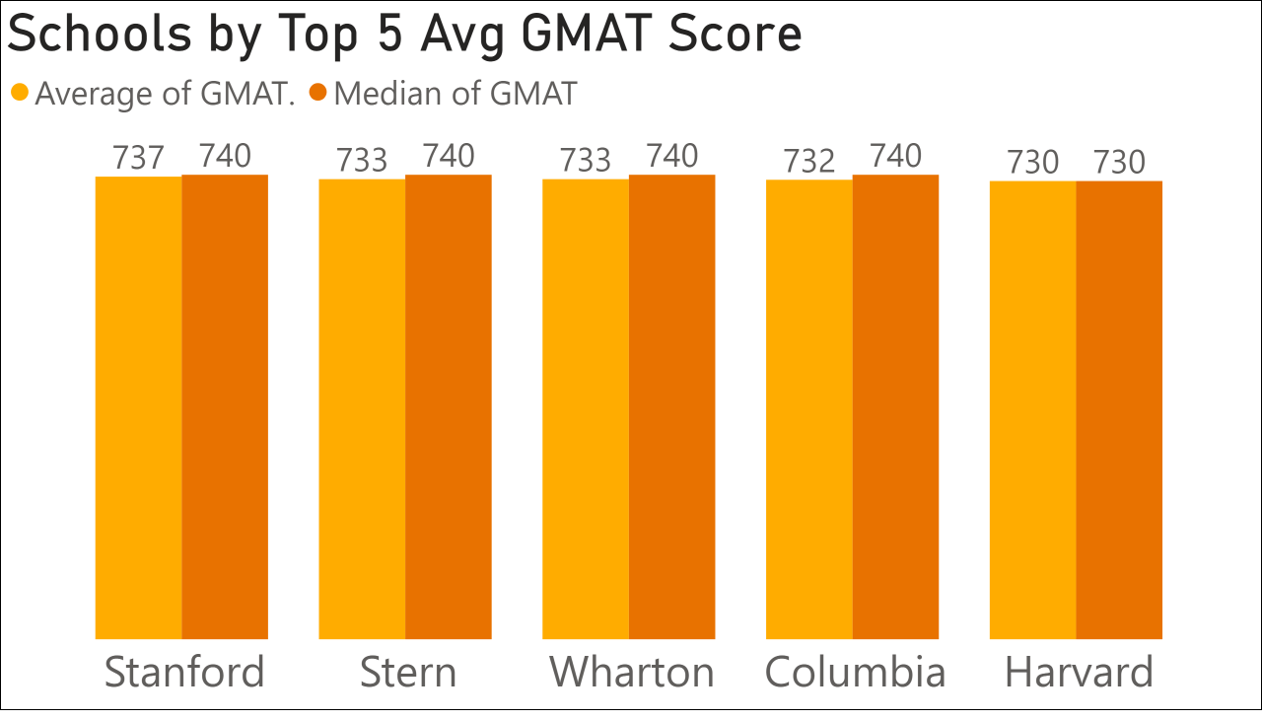
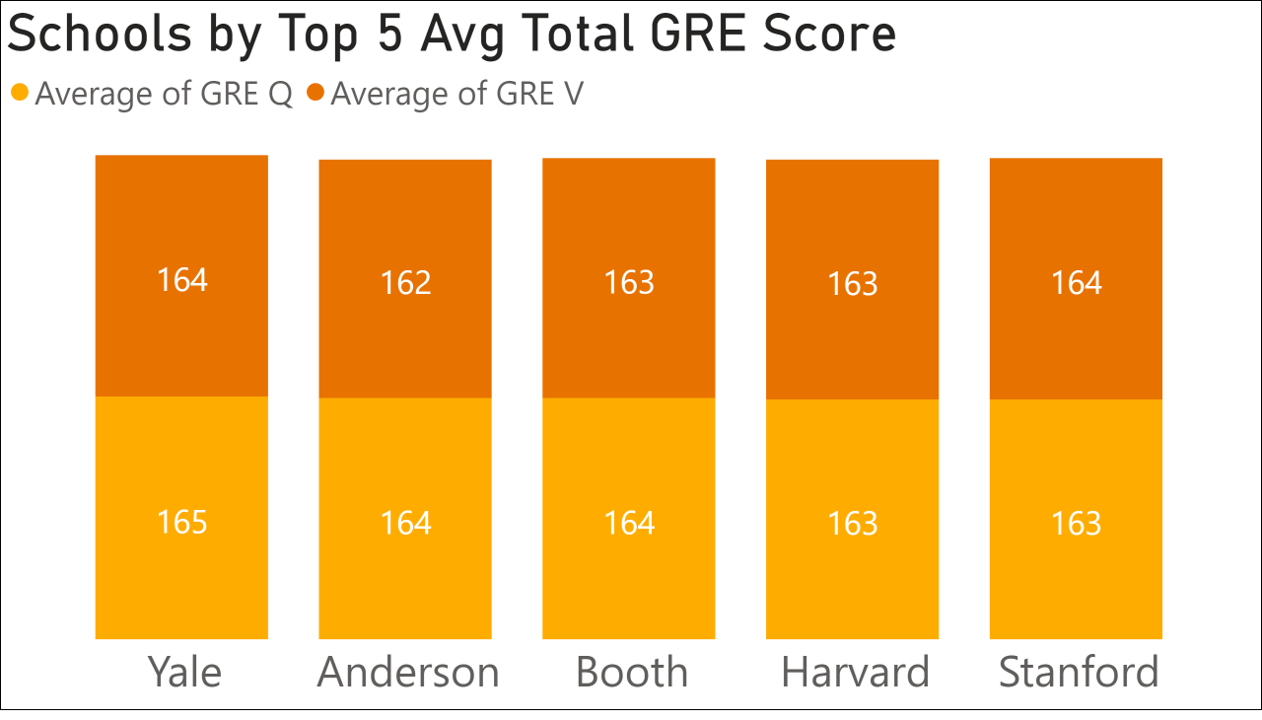
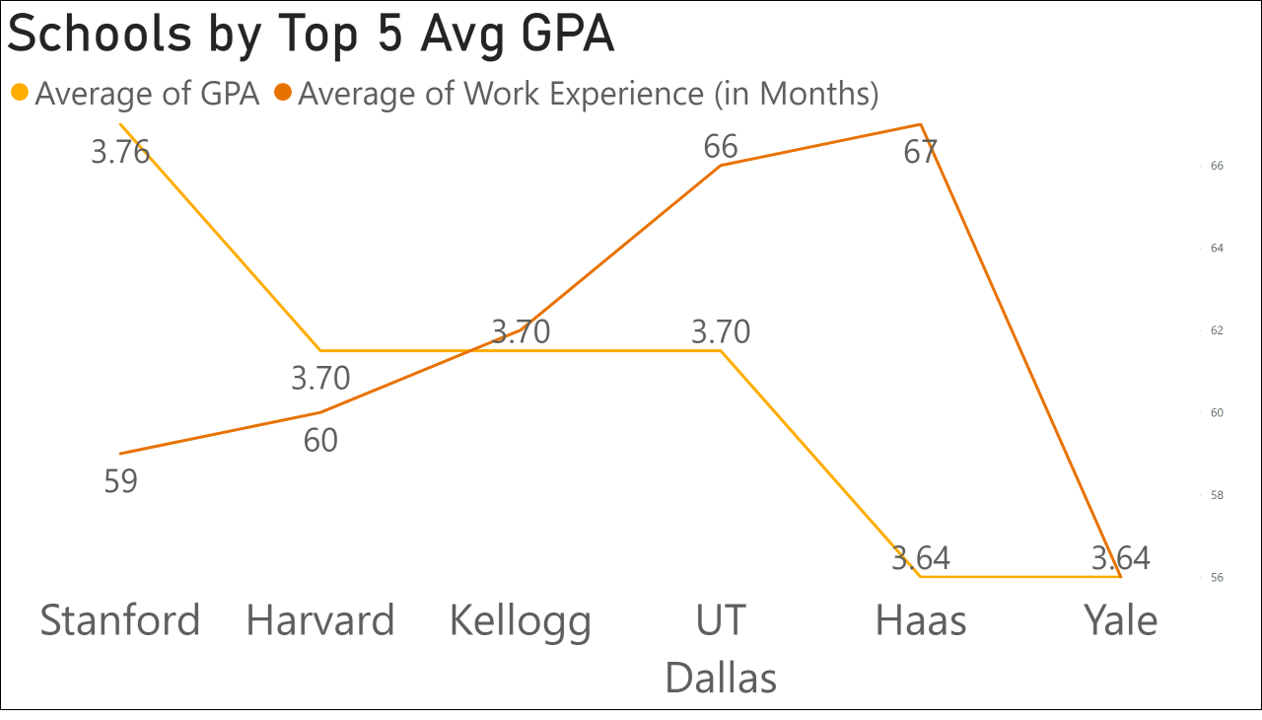
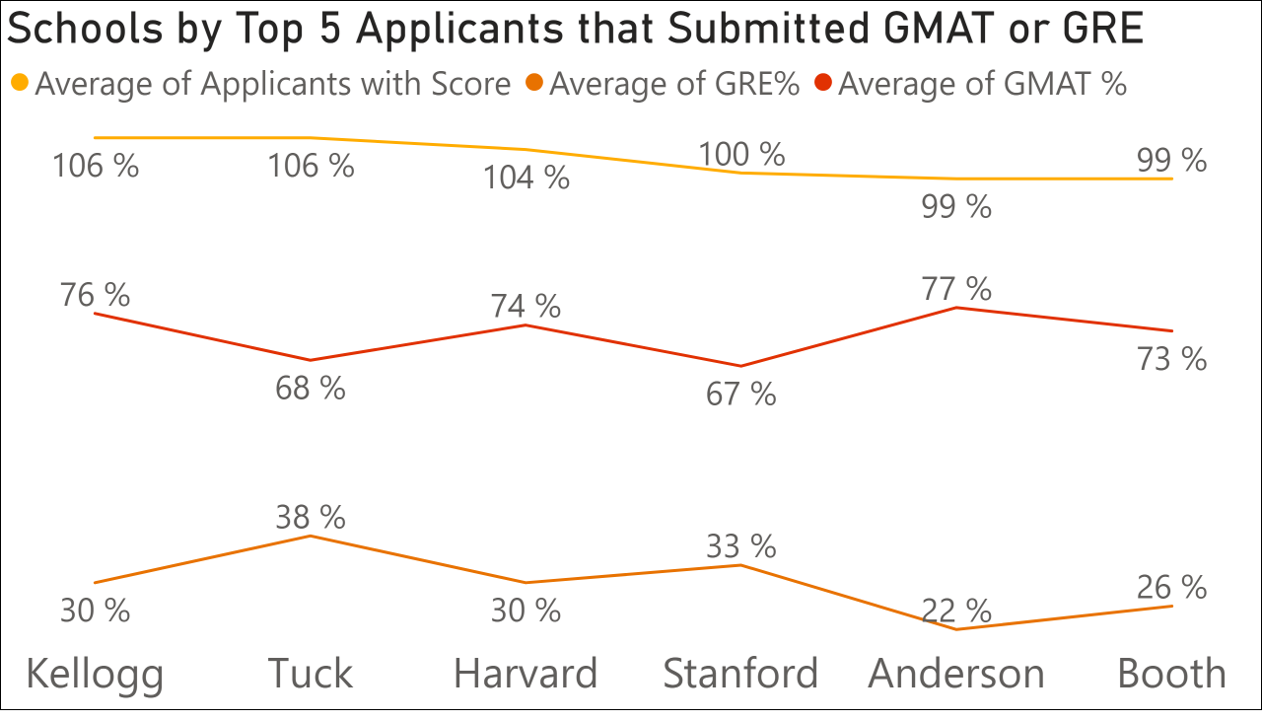
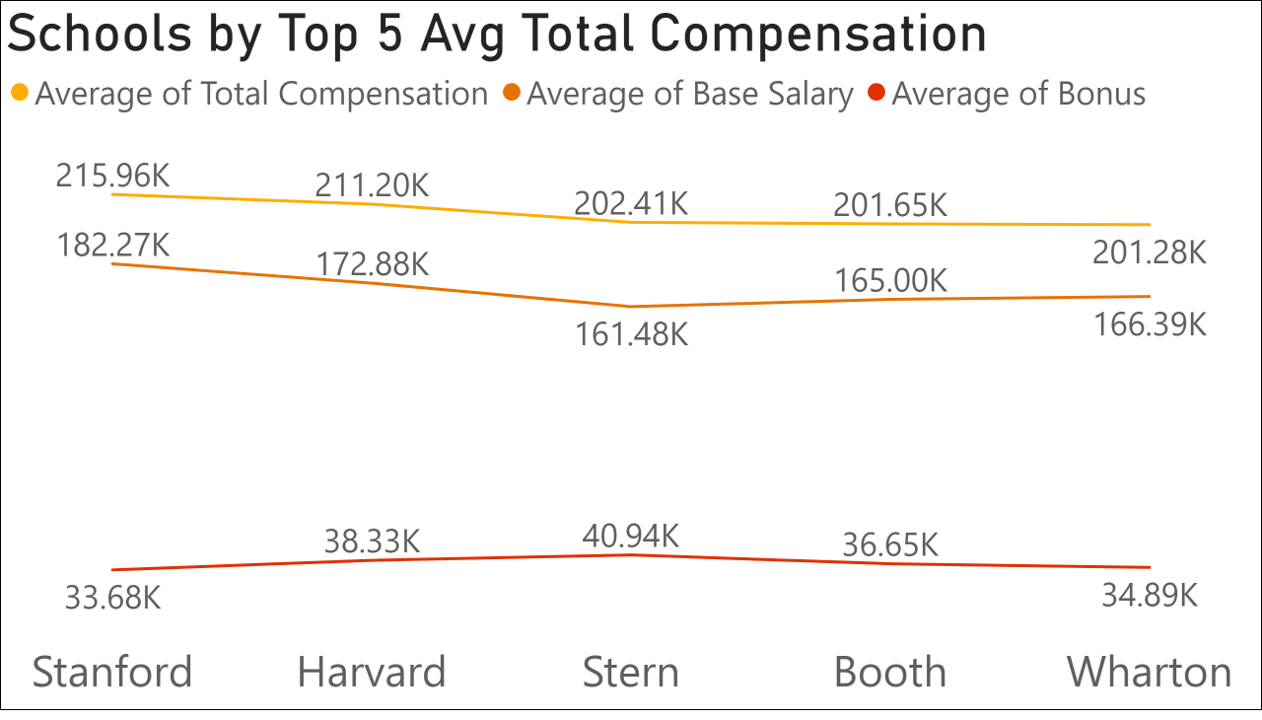

- 1. Bottom 5 Schools:

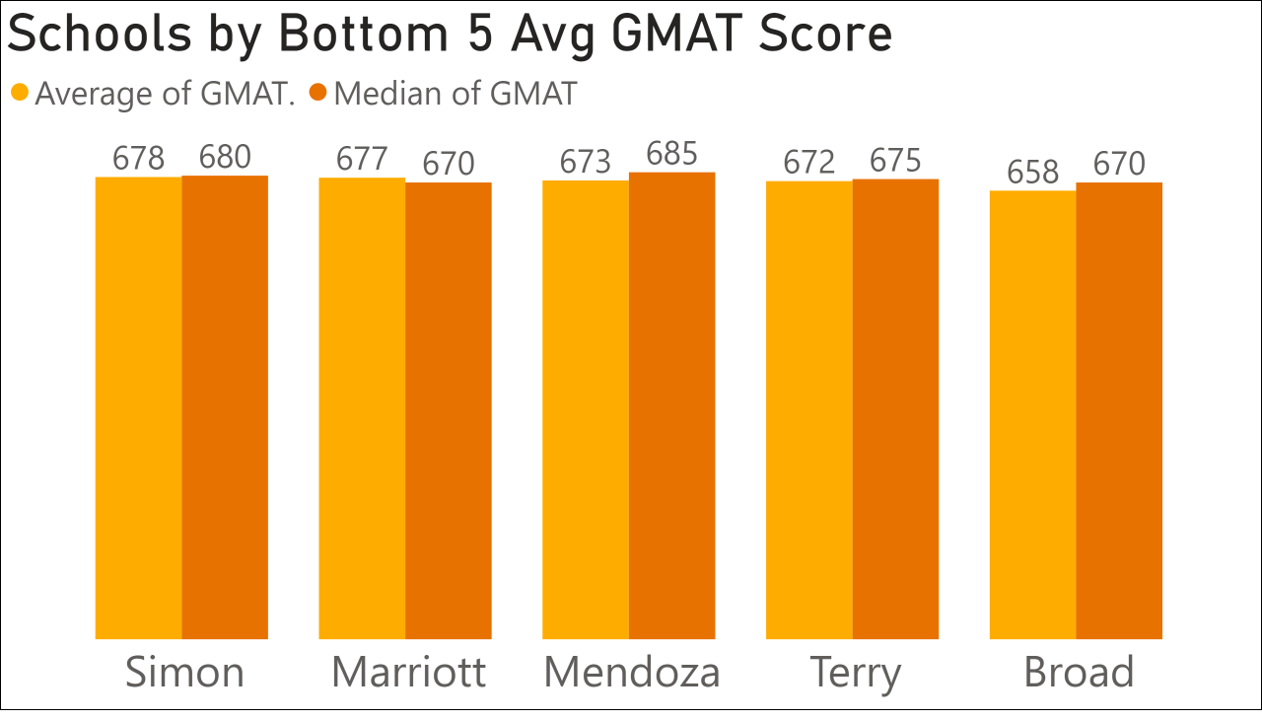
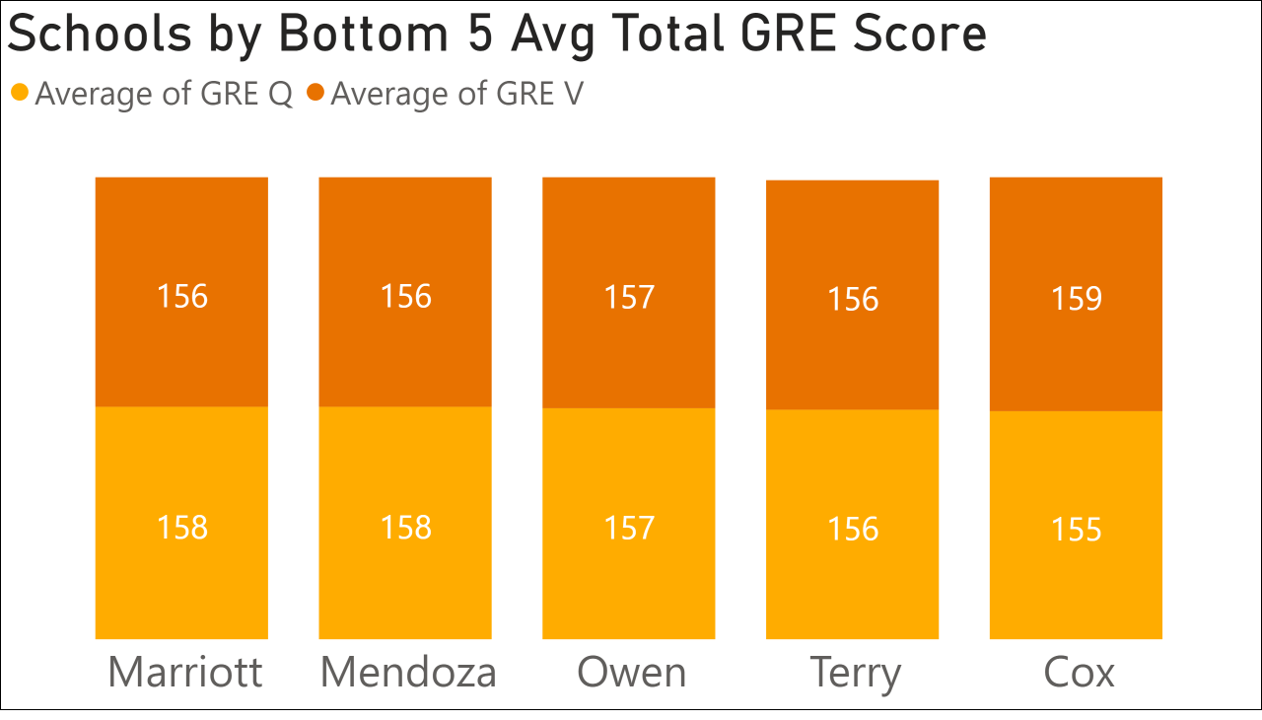



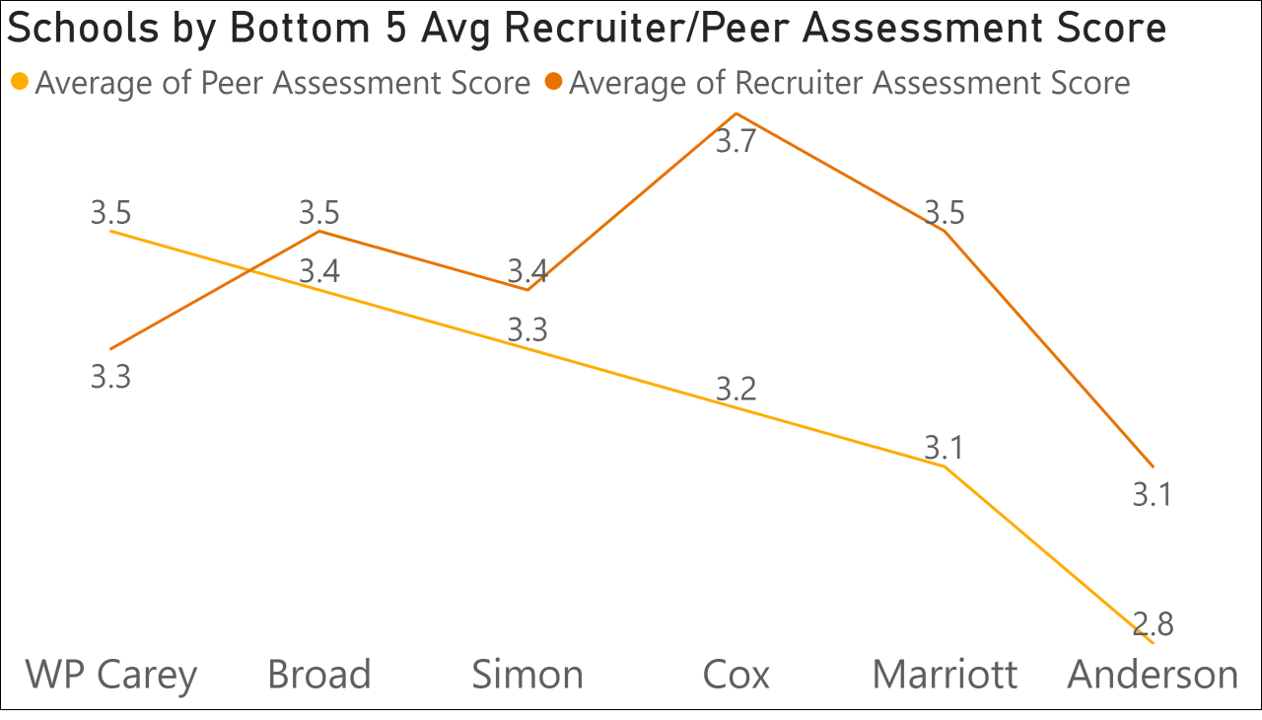
Methodology:
Categories and Weights
The evaluation process revolves around three fundamental categories: acceptance criteria, academic readiness, and post-MBA career. Each category contributes differentially to the final score, with acceptance criteria accounting for 20%, academic readiness for 30%, and post-MBA career for 50%.
This methodology seeks to holistically evaluate educational institutions, considering not just academic prowess but also the institution’s acceptance criteria and post-graduation career success. It aims to provide prospective students with a comprehensive understanding of an institution’s strengths and areas of excellence, aiding them in making informed decisions aligned with their academic and career aspirations.
Key Measures and Definitions
- Number of Applicants: This metric reflects the total count of individuals applying to the institution.
Acceptance Rate: It signifies the proportion of applicants accepted by the institution relative to the total number of applicants.
Yield Rate: This metric indicates the percentage of accepted applicants who enroll in the program.
Average GPA: A numerical representation of the average academic performance of admitted students, often on a 4.0 scale.
Average Work Experience: It denotes the average duration of professional work experience among admitted students.
GMAT Score: The average Graduate Management Admission Test (GMAT) score achieved by applicants. It considers the average, median, and the percentage of applicants submitting GMAT scores.
GRE Score: This includes the Quantitative, Verbal, and Total scores of the Graduate Record Examination (GRE) along with the percentage of applicants submitting GRE scores.
% of Applicants that Submitted GMAT/GRE: This measures the proportion of applicants who submitted their GMAT or GRE scores.
Average Compensation: Comprising the base salary and bonus, this figure reflects the average remuneration earned post-MBA.
Peer Assessment Score: Scores provided by peer institutions, signifying the school’s reputation among its academic peers.
Recruitment Assessment Score: Scores provided by recruiters, indicating the institution’s reputation among employers.
Weighted Scoring
Each metric is assigned a score ranging from 1000 to 650, reflecting its importance in comparison to other metrics. The overall weighted score for a school is determined by aggregating the individual weighted scores across all metrics.
Kudos
Bookmarks
I thought this was Financial Times rankings 😮
Kudos
Bookmarks
bb
The ranking is actually not ridiculous, so it can't be Financial Times
















